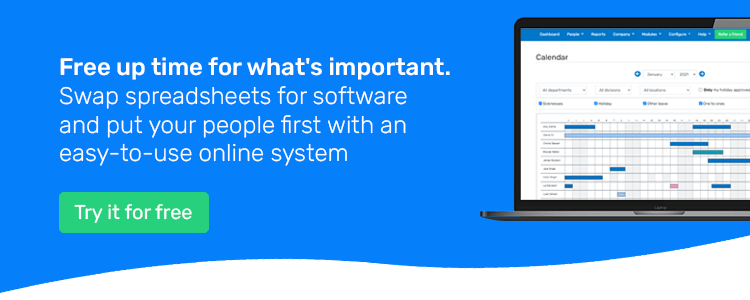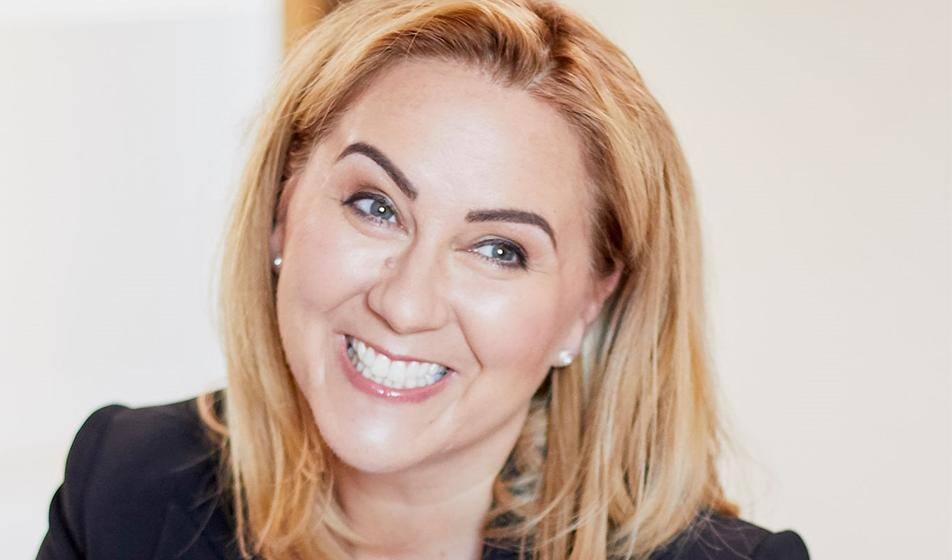You might be wondering what on earth organisational development is, and you’d be in good company – it can seem like a bit of an abstract concept (and as a result, it isn’t always implemented effectively).
In this blog, we'll look at what organisational development (often abbreviated to OD) is, why it's important, and some models to put the principles in practice for your SME.
What is organisational development?
Organisational development is essentially a systematic approach to drive business performance. It considers elements like culture, capability, values & relationships, taking an ecosystems approach to understanding them & how they influence behaviour & performance, according to the CIPD.
As an example, the purpose of OD in the NHS is to improve the safety & quality of patient care. In the case of an accountancy firm, the purpose of OD might be to improve efficiency of processes.
Organisational development often includes:
-
Making changes to the strategy, structure or process of an entire system of an organisation, department, work group, individual role or job.
-
Managing planned change in a flexible way to allow further change in the future as new information becomes available.
-
Improving the effectiveness of an organisation overall.
Why is organisational development important?
Organisational development (OD) is important to ensure effective growth and longevity of your business. It's the process used to improve the overall effectiveness of an organisation through managing people behaviours.
But it's important to have the systems in place to allow change to be implemented and planned effectively and that analyse real data, which can then be used to implement further change.
There’s a good chance you’re already implementing OD without even realising it - by creating great teams (and the conditions they can thrive in), and tweaking your systems to improve their effectiveness.
But it’s equally important that your managers are aware of organisational development, too – by explaining to them why OD is important and getting them on board with changes you wish to make, you’ll get reduced resistance to any changes. They’ll also be more likely to advocate for what you want to do, and it'll make any changes happen more smoothly.
Organisational development & HR
HR has an important role to play in OD. It’s important for your HR team see OD not as a one-off intervention, but as a constant process of evaluation & evolution.
HR can collect and analyse the data which will allow OD to take place through its regular functions of people management, target monitoring and assessment. For example, HR might decide to implement a new performance management system, but in order for this to be considered OD it needs to be aligned with other parts of the business in an ordered and comprehensive way.
It’s not just a case of implementing something new and that’s it. For it to be OD, it needs to bring about a change in behaviour and sometimes attitude within your organisation.
Example of HR's role in organisational development
In the context of the performance management scheme, this might be a case of not just launching the scheme out of the blue (which might be met with resistance from existing staff who don’t buy into it but by getting them on side first).
HR (in partnership with other departments) might explain why they intend to bring new schemes in, how it will benefit employees & the company. HR can also explain what recognition might be possible as a result of the new system & ask for the feedback and input on implementation.
Once the system was up and running, it would be HR’s job to monitor the system to see how it's performing and gather further feedback from staff. That data could then further tweak the system and make improvements.
Organisational development models
It’s important to remember there isn't a one-size-fits-all model for implementing change. A model can help people see things anew, reinvigorate a team and improve organisational practice for one business, but be a complete failure for another.
Plus, models are not static and will change over time – by solving one set of problems you create another down the line, you’ll rely on rules until they no longer become workable and efficient relationships will eventually become inefficient.
With OD it’s vital to remember it’s not about making things perfect. There is no one definite answer, but rather a series of small wins over a period of time. However, there are three defined models that are useful to look at:
Lewin’s model
This model is based on the idea that before you introduce a change your organisation must be prepared for change and motivated to change. Lewin has defined it as unfreezing, changing and refreezing.
Unfreezing - In order to change, old behaviours must be unlearned and individuals within your organisation should be encouraged to shake things up. Lewin calls this unfreezing – motivating and preparing people for change while at the same time minimising resistance to change.
Changing – Having unlearned old behaviours and becoming receptive to new behaviours individuals are now ready to substitute new attitudes and methods of working for old ones.
Refreezing - New attitudes and behaviours are established as the new status quo. Those new ways of operating are stabilised and reinforced.
Larry Greiner’s model
In this model, change occurs when management is stimulated by outside pressures. This motivates management to introduce change and then it follows a sequential course of action: pressure on top management, diagnosis of the problem, invention of a solution and reinforcement of new habits through positive results.
Leavitt’s model
Also known as Leavitt's Diamond, Leavitt’s model is based on the premise that all systems – structure, people, technology and tasks - interact with one another so if there is pressure or change in one system it will have an effect on all the others. In essence, it means you can’t introduce change in one area without considering what the implications are for all other areas.
Different models will suit different business and at different times. What works for one challenge you’re facing may not be suitable for another. For example, if you’re facing a technical problem this can be dealt with by a top-down approach – the use of analytical models and expertise will help resolve a technical issue and it has a definitive answer. The problem is identified, it is analysed, the solutions are found and they are implemented, much like Greiner’s model.
Complex issues aren’t dealt with well with this analytical approach because there isn’t a single right or wrong answer. Instead, Lewin’s model which works to increase the adaptive capacity of an organisation would be better – an adaptive challenge may require a sea change in your staff thinking or culture before it can be dealt with, there might be multiple solutions which could apply and even if you resolve that issue, it will eventually lead to another problem, which is then solved and then leads onto another problem.
Organisational development in practice for SMEs
Even with all that explanation, OD might still seem like an abstract concept for a small business, particularly when you have a million other things to deal with every single day, but it’s not as difficult as you think to implement. It is ultimately about preparing a strategic plan for your business.
Rather than working on your business, take time out from it to consider the following:
- Where are you now?
- Where do you want to be? And in what time frame?
- How will you get there?
- How will you measure your progress?
Once you’ve answered those questions you can start to develop an organisational development plan. In it, you can include your objectives, activities or changes that need to occur in order to achieve them, staffing and resource requirements, timetables for implementation, methods for monitoring progress and outcomes and standards to be achieved.
You’re probably already doing a lot of these things already, without even thinking about it- but if you’re not, then you probably should be. You’ll be surprised at the positive difference it makes putting some time into strategic planning. And your business will thank you too.
Store company objectives, goals & performance records securely within Breathe's ISO 27001-accredited software. Take out a 14-day free trial today.
.webp)
Author: Sarah Benstead
Sarah is a Product Marketing Specialist here at Breathe. Always innovating, she loves writing about product releases in an engaging & informative way. When she's not coming up with new ideas, she enjoys long walks with her dog, Clifford.






